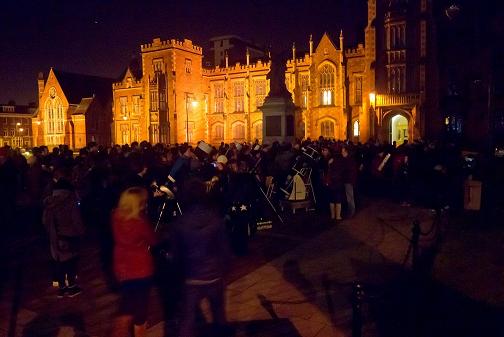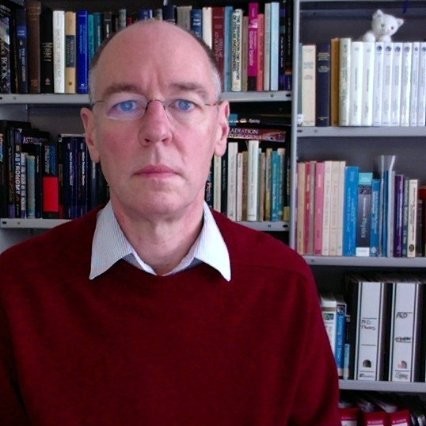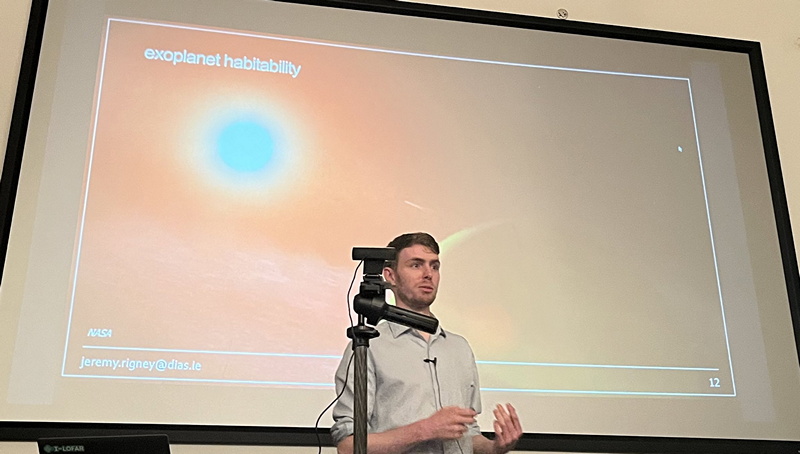” SALT and the super-hot zombie stars.”
SYNOPSIS
We are using the Southern African Large Telescope to carry out a survey of chemically-peculiar hot subdwarfs. Several of the stars observed could not be classified as conventional hot subdwarfs. Eight of these turned out to be extremely hot stars with surface temperatures between 110,000 K and 180,000 K. One is a white dwarf, the remainder are pre-white dwarfs; that is they are contracting towards the hot end of the white dwarf sequence.
Follow-up photometry showed that two are pulsating GW Vir stars. One is the central star of a previously unknown planetary nebula (JeWeKi 1). Four are record-breakers: the hottest DO white dwarf, the two hottest GW Vir stars, and thehottest `naked’ O(H) star.
My talk will describe the background to the survey, the observations being carried out with SALT and the new discoveries. It will attempt to explain how these stars fit into the big picture of how stars approach their final fate and how some are – indeed – dead stars reborn.
BIO: Simon Jeffery
Simon’s astronomical life started at the Royal Observatory, Edinburgh, and has taken him via a Physics degree at Imperial College, London, to St Andrews, Scotland and Kiel, Germany, before finally moving to the Armagh Observatory and Planetarium in Northern Ireland, where he works as a senior research astronomer. He has held positions as adjunct Professor of Physics at Trinity College Dublin and a Visiting Byfellowship at Churchill College, Cambridge. He is a past president of IAU Commission G4 on Pulsating Stars and is currently president of IAU Commission G5 on Stellar and Planetary Atmospheres.
Pursuing a lifelong interest in how stars work and how they vary over time, Simon’s PhD in theoretical stellar structure and evolution was followed by observational and theoretical work on stellar pulsations and atmospheres. Most stars never fully exhaust their initial hydrogen store, but retain a hydrogen surface to the very end. However, in rare and extreme cases, some stars become true ‘helium’ stars. Simon’s goal is to demonstrate their elusive origins. The surprising conclusion is that the great majority appear to have formed from the merger of two very old and faint stars … a double white dwarf. His favourite is the pulsating V652 Herculis — the ‘born-again rocket star’.
Simon would like to spend more time dinghy racing, sings baritone, and hunts wild life and seascapes with a camera.




